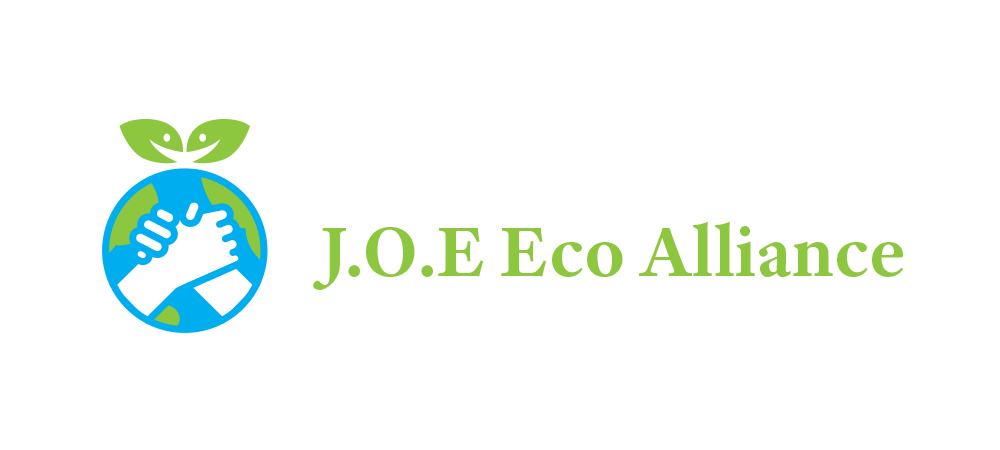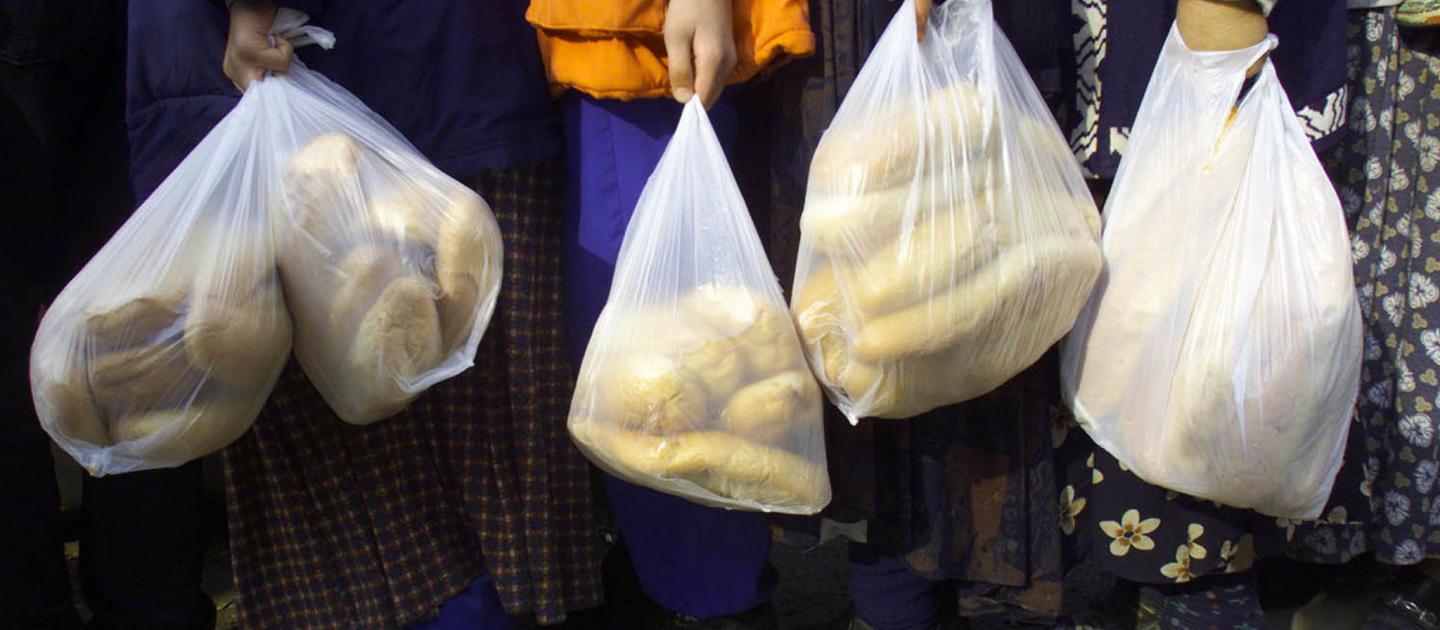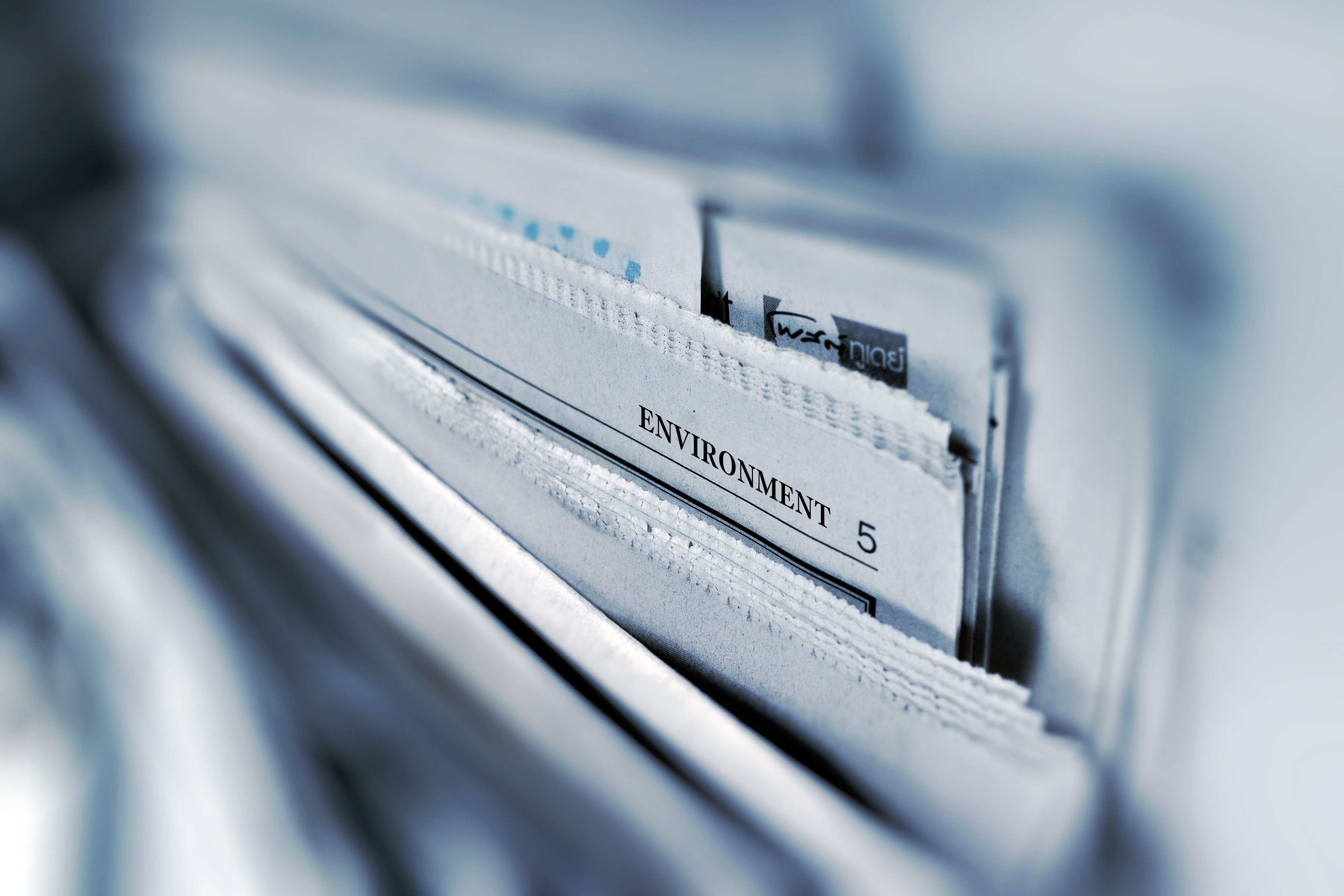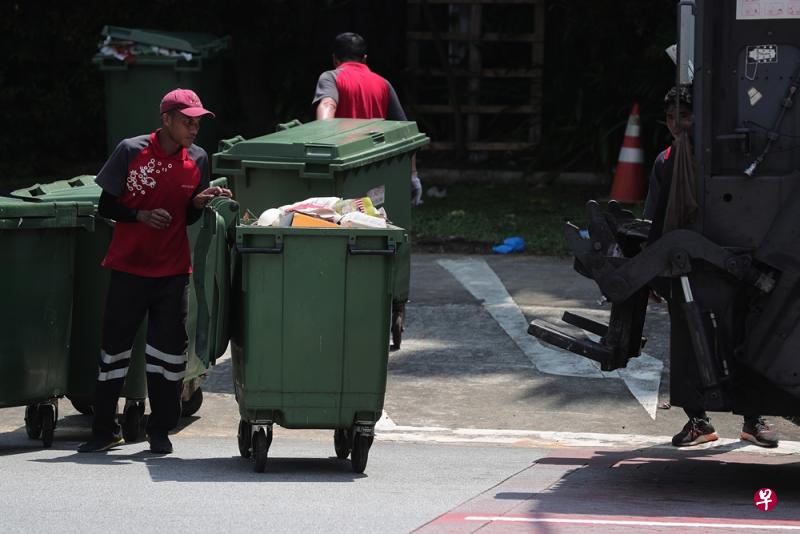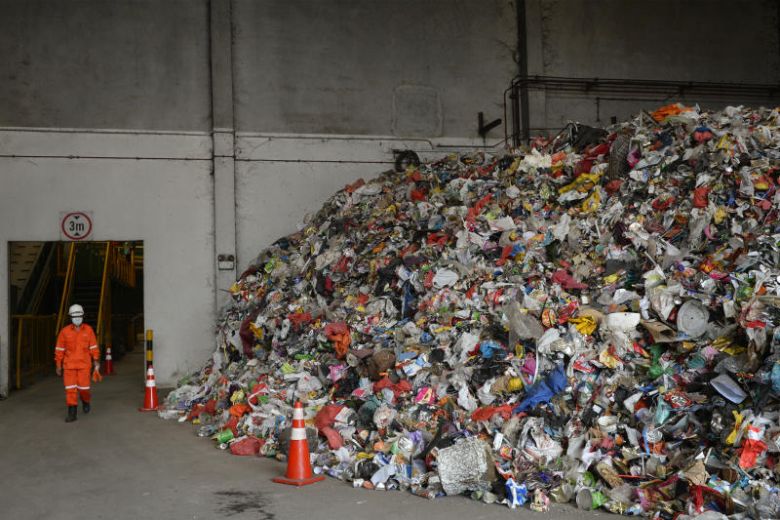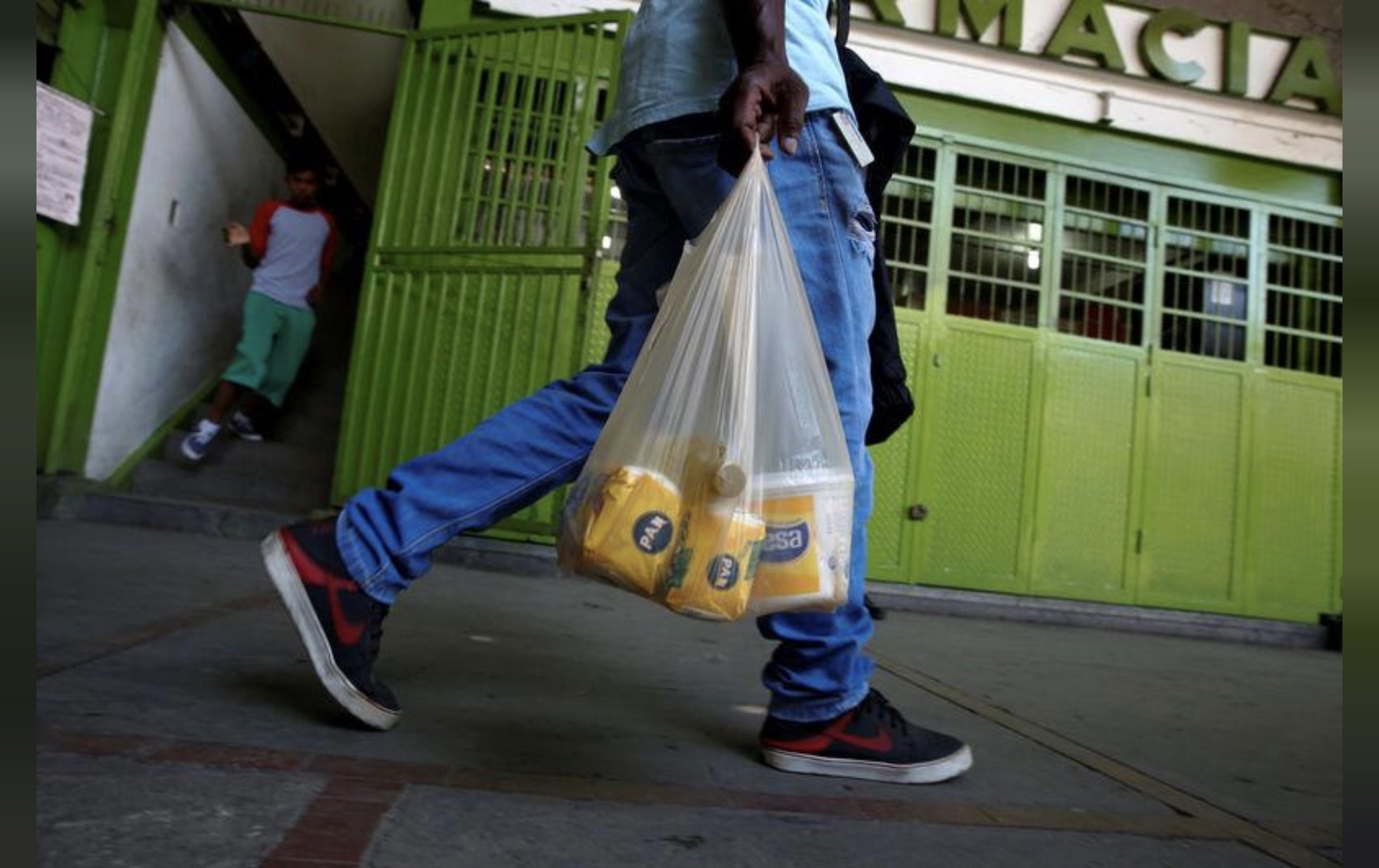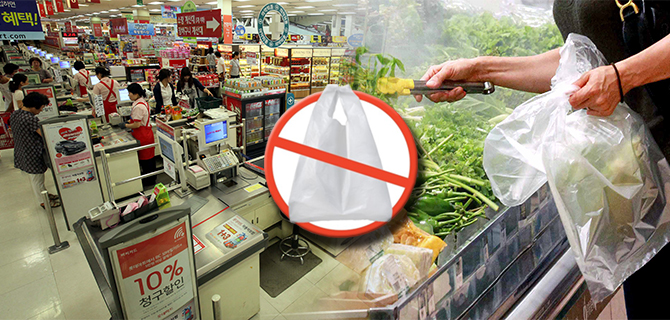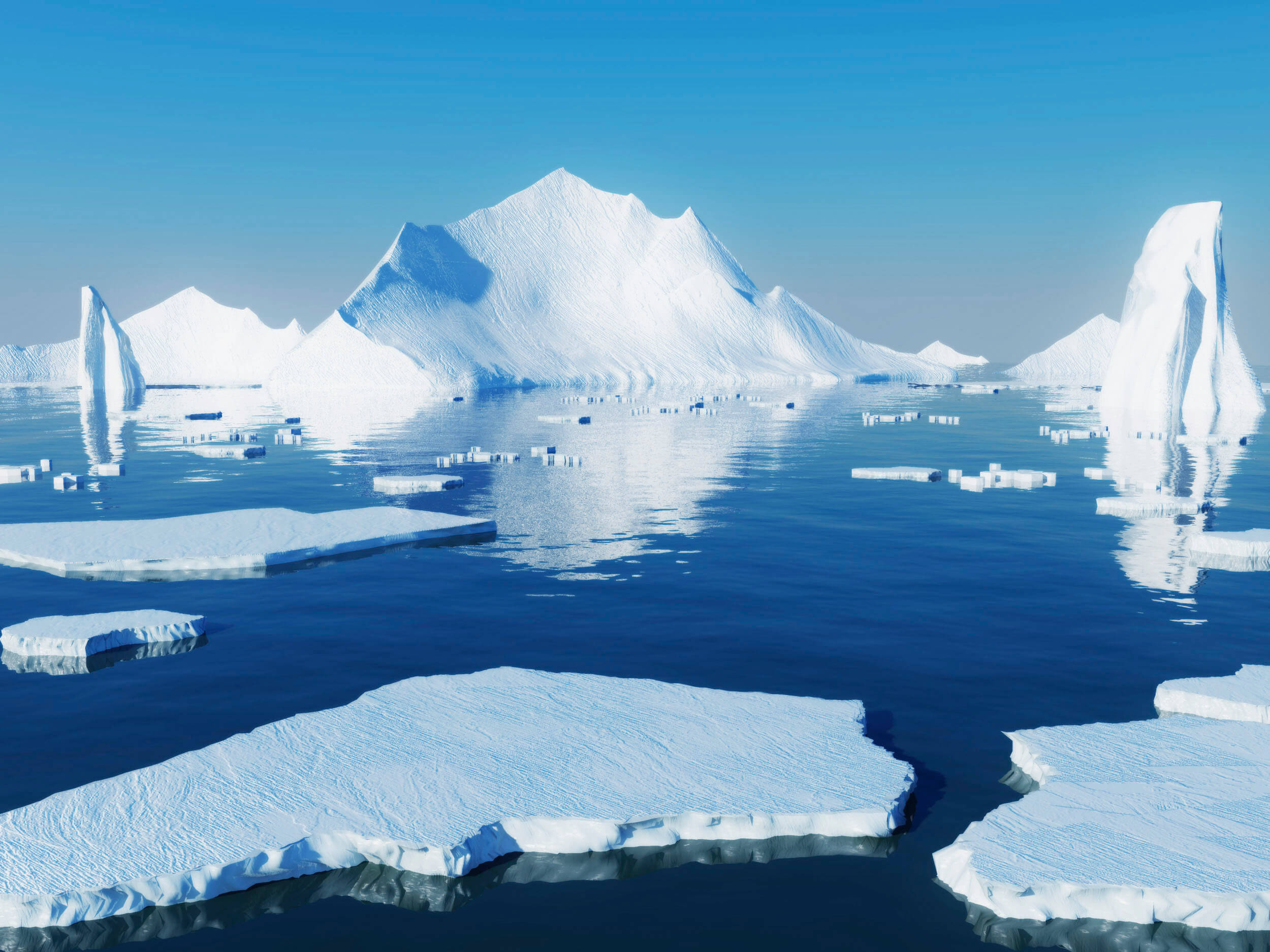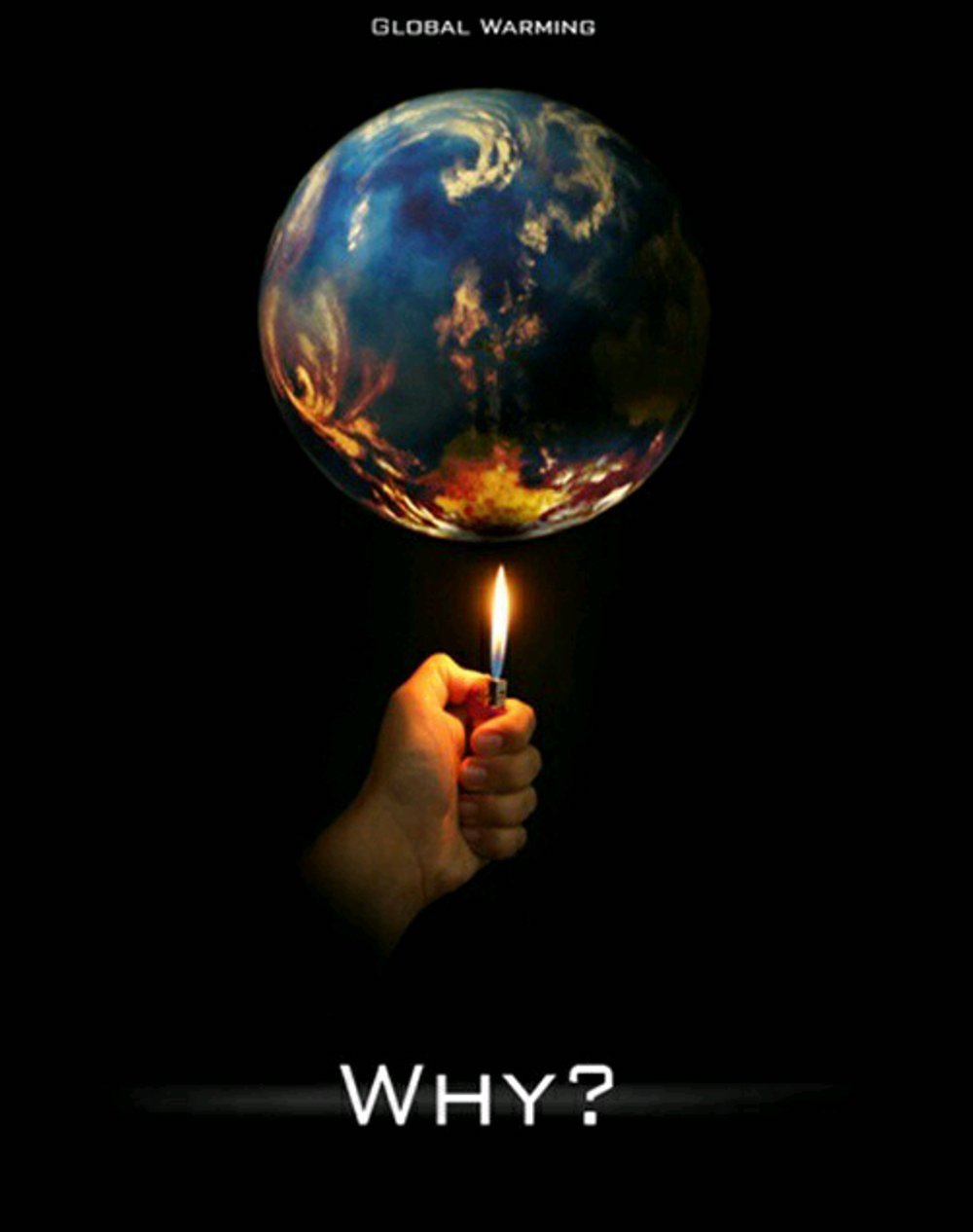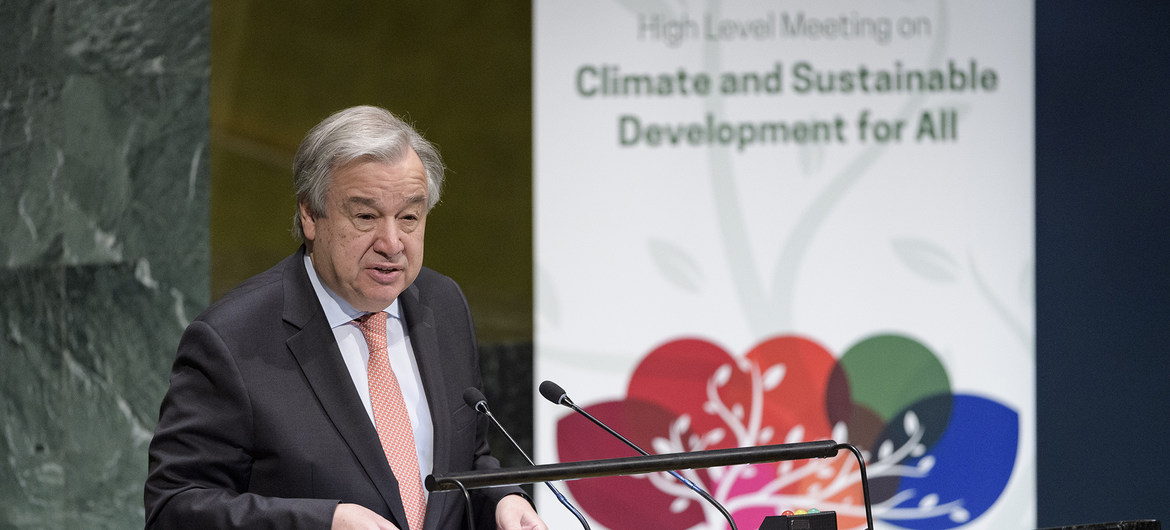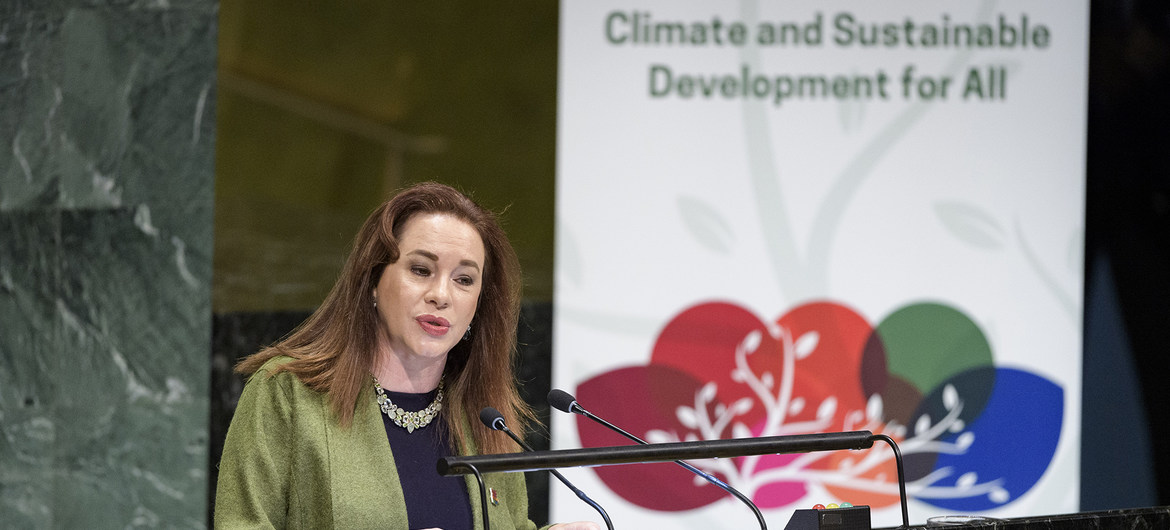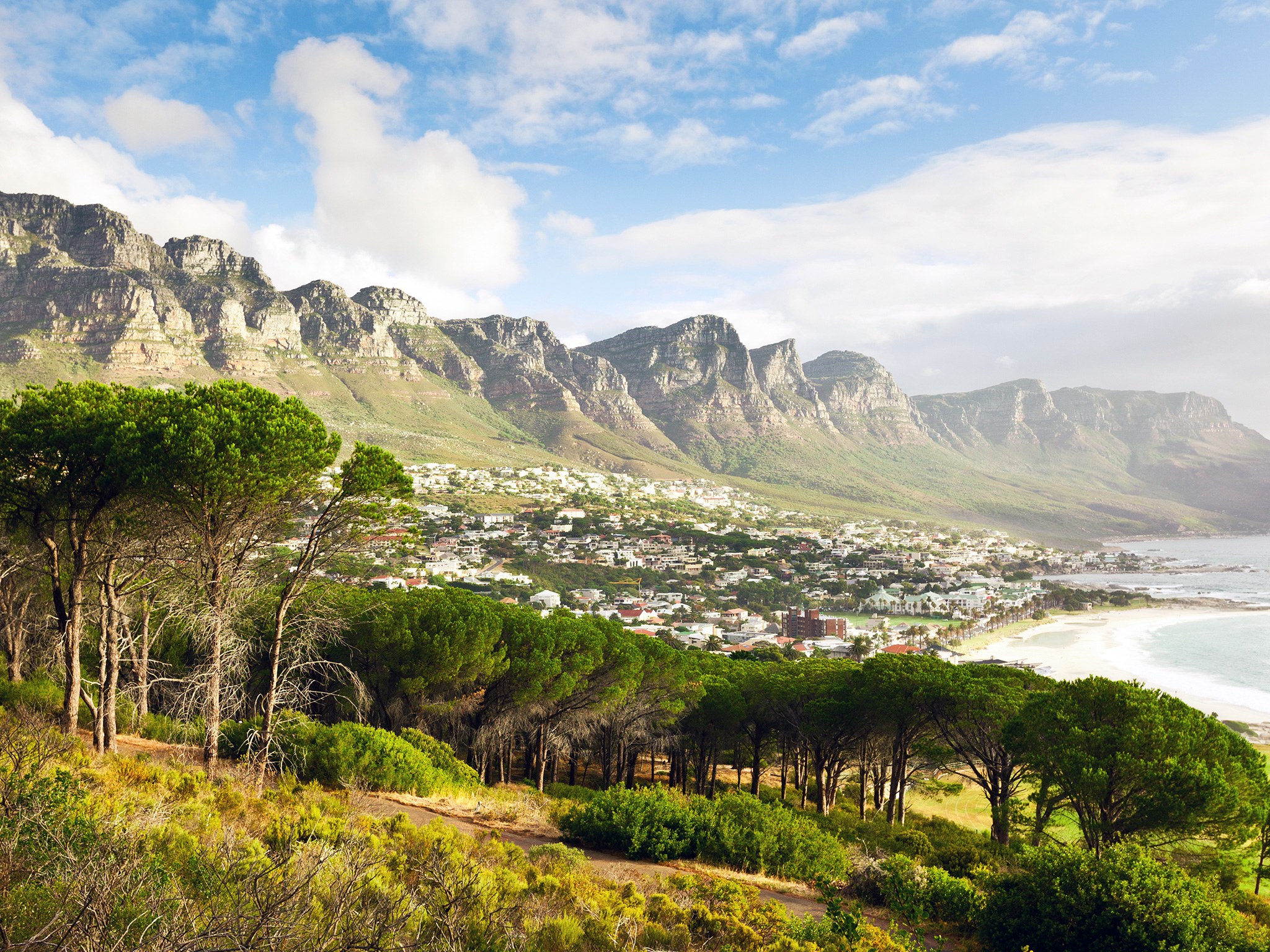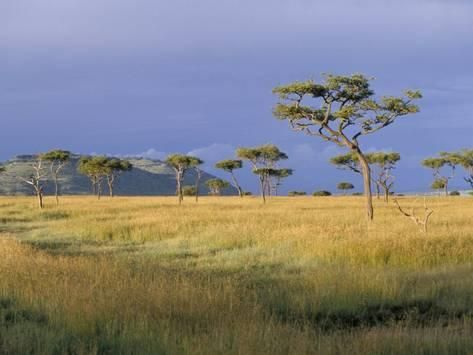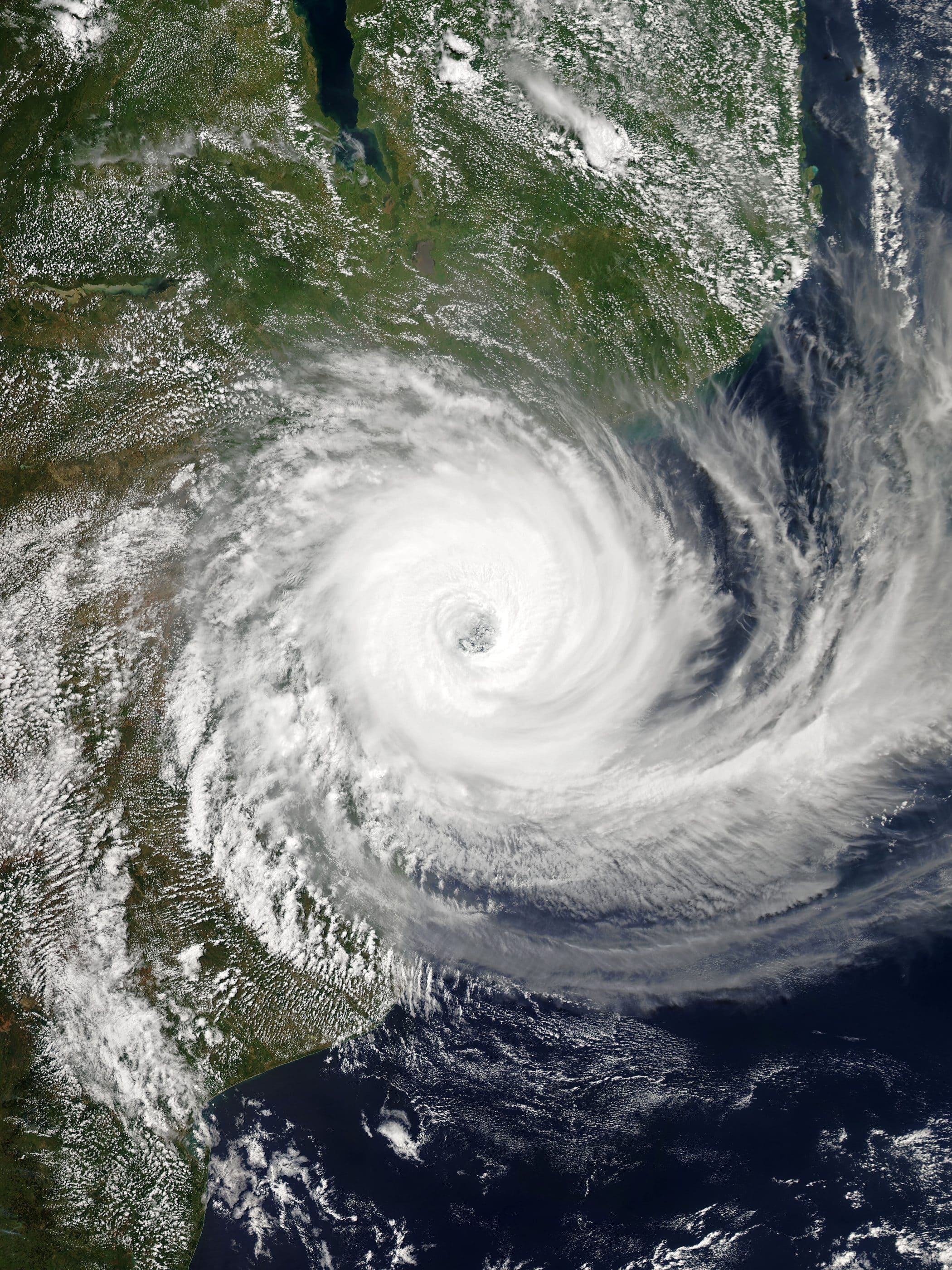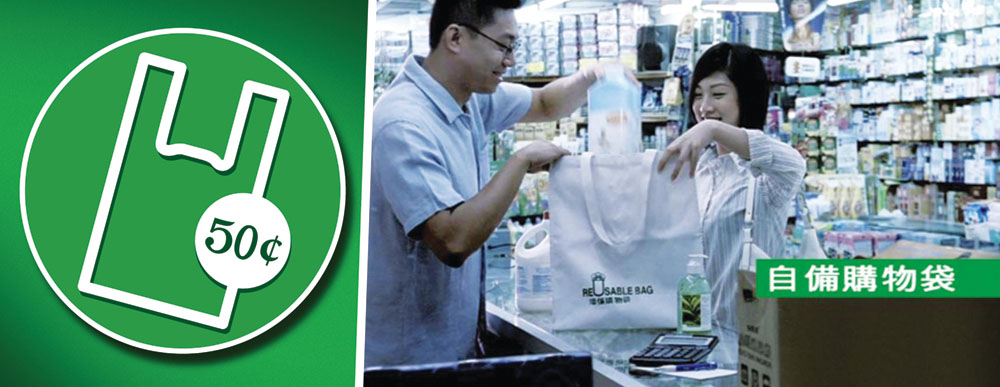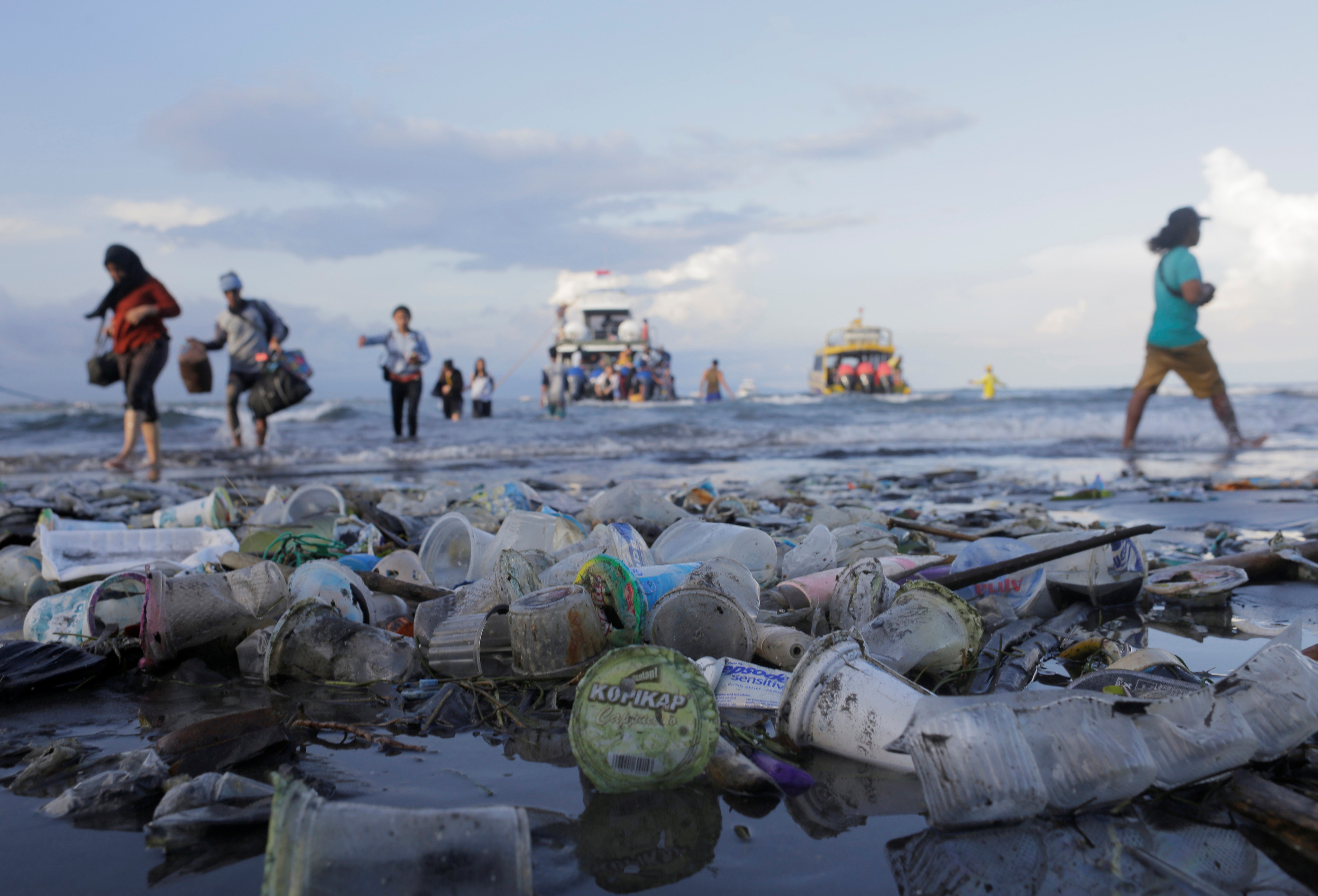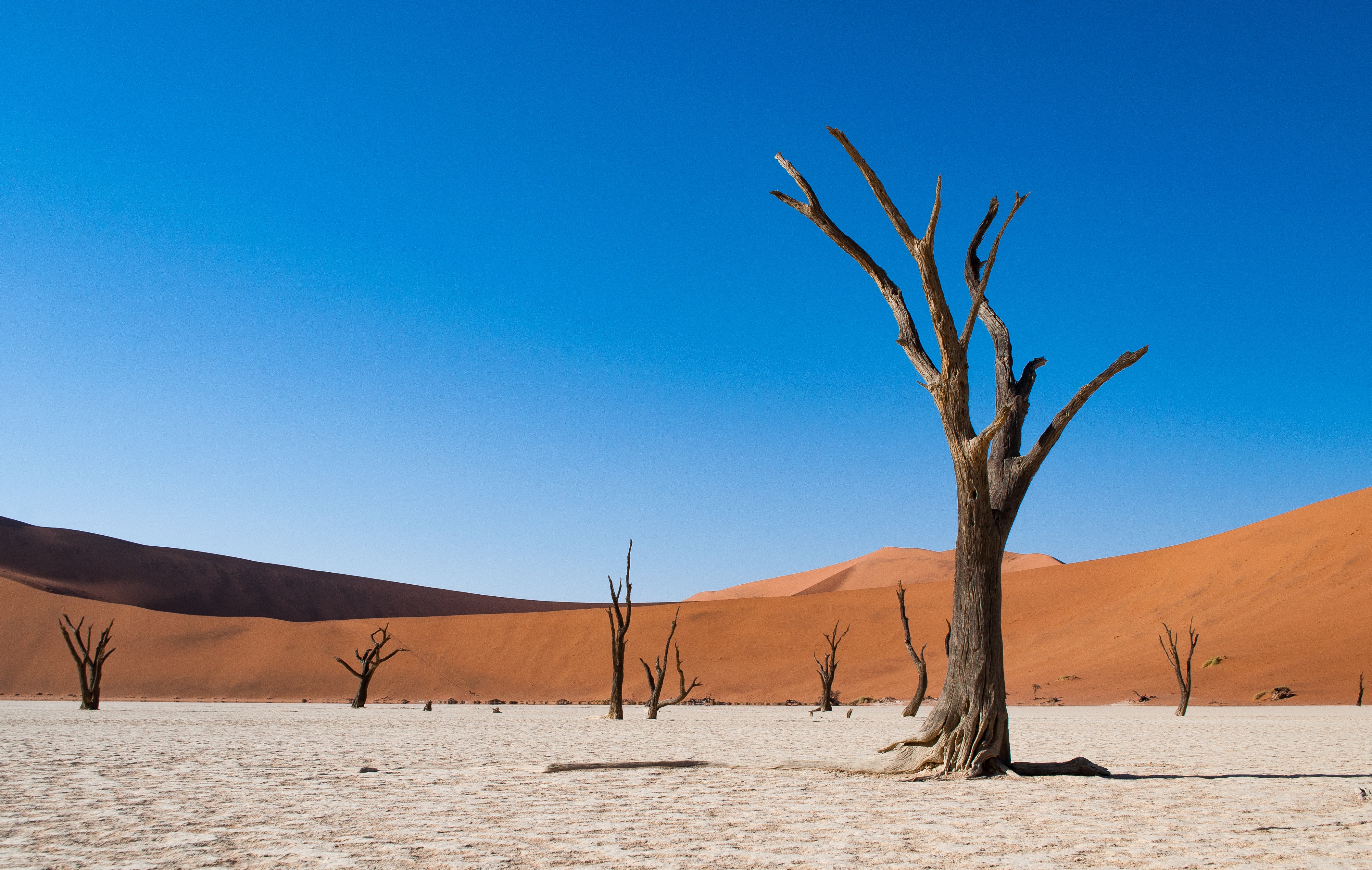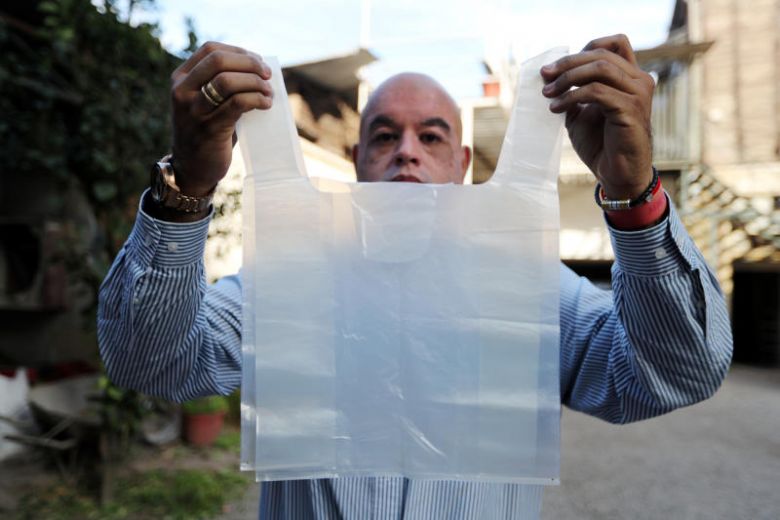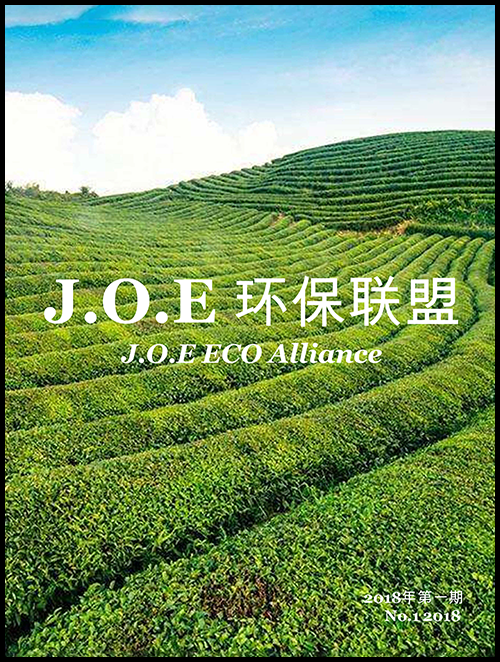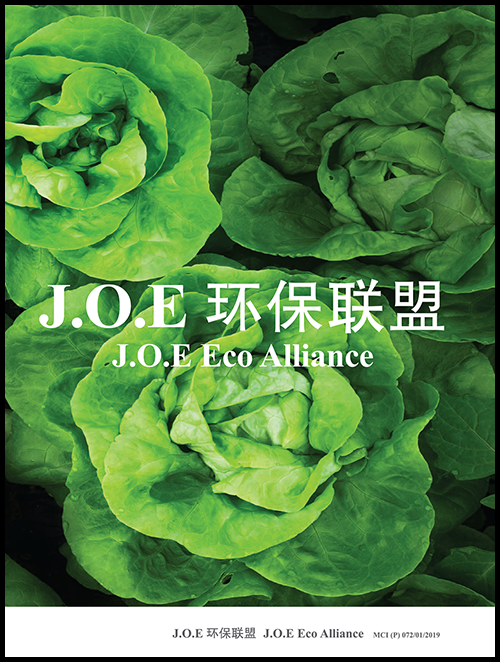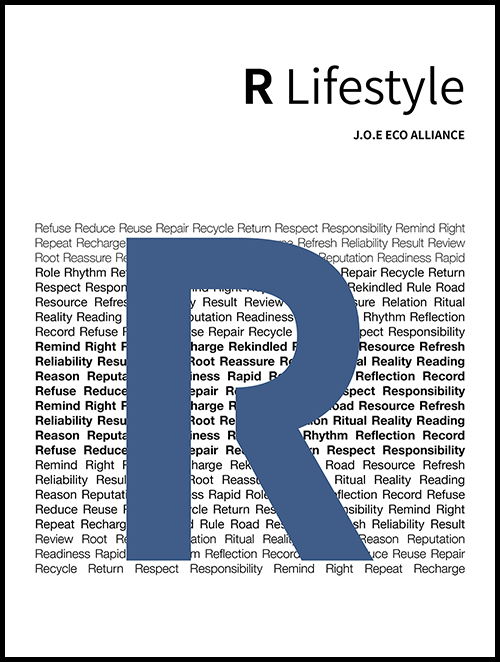一次性塑料袋是如何炼成的?又如何被禁止?
How did this happen?
1933年——英国诺斯威奇的一家化工厂无意中研制出最常用的塑料——聚乙烯。尽管此前聚乙烯被小规模生产,但这是第一次合成了工业上实用的化合物材料,并在之后的第二次世界大战期间被英国军方秘密使用。
1933 – Polyethylene, the most commonly used plastic, is created by accident at a chemical plant in Northwich, England. While polyethylene had been created in small batches before, this was the first synthesis of the material that was industrially practical, and it was initially used in secret by the British military during World War II.

1965年——一体式聚乙烯购物袋由瑞典Celloplast公司申请了专利。这款由工程师斯滕·古斯塔夫·图林(Sten Gustaf Thulin)设计的塑料袋很快在欧洲取代了布袋和纸袋。
1965 – The one-piece polyethylene shopping bag is patented by the Swedish company Celloplast. Designed by engineer Sten Gustaf Thulin, the plastic bag quickly begins to replace cloth and plastic in Europe.
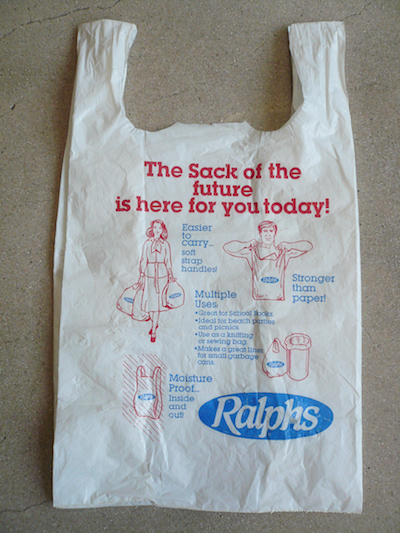
1979年——已成功占据80%袋装市场的塑料袋进一步走向国际化,被广泛引入美国。生产塑料袋的公司开始大力推销他们的产品,鼓吹塑料袋优于纸袋以及可重复使用包装袋的种种好处。
1979 – Already controlling 80% of the bag market in Europe, plastic bags go abroad and are widely introduced to the United States. Plastic companies begin to aggressively market their product as superior to paper and reusable bags.
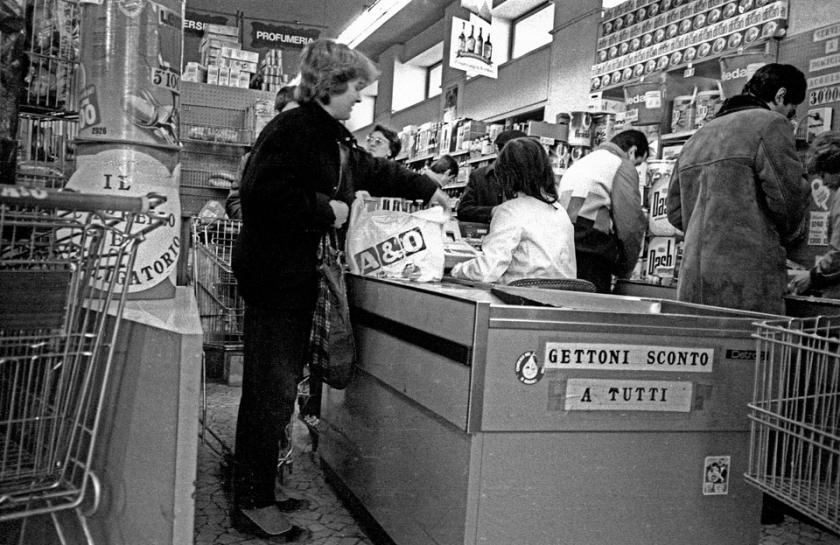
1982年——美国两家连锁超市巨头喜互惠(Safeway)和克罗格(Kroger)转而使用塑料袋。越来越多的商店纷纷效仿,之后短短10年内,塑料袋几乎完全替代了纸袋,雄霸世界。
1982 – Safeway and Kroger, two of the biggest supermarket chains in the United States, switch to plastic bags. More stores follow suit and by the end of the decade plastic bags will have almost replaced paper around the world.

1997年——航海家兼研究人员查尔斯·摩尔(Charles Moore)发现了太平洋垃圾带。海洋环流会使大量的塑料垃圾聚集,而这一垃圾带是世界上五大海洋塑料聚集区面积最大的一个,严重威胁着海洋生物的生存。塑料袋因造成大量海龟丧生而臭名昭著,它们被海龟当做水母而误食,从而使其窒息而亡。
1997 – Sailor and researcher Charles Moore discovers the Great Pacific Garbage Patch, the largest of several gyres in the world’s oceans where immense amounts of plastic waste have accumulated, threatening marine life. Plastic bags are notorious for killing sea turtles, which mistakenly think they are jellyfish and eat them.
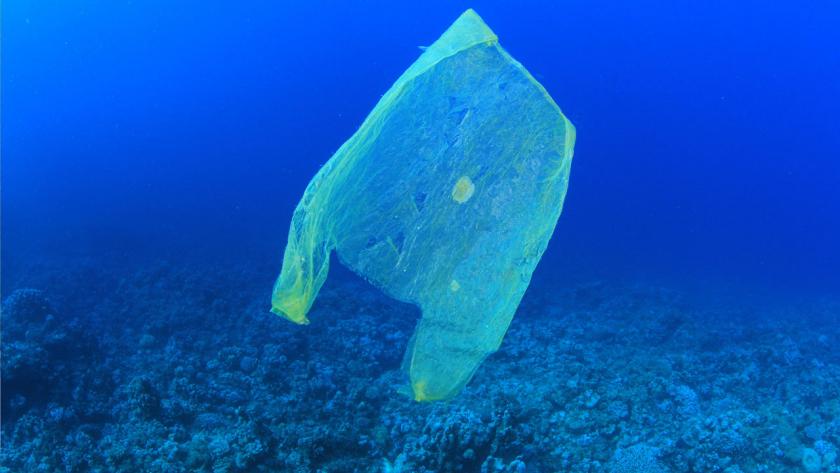
2002年——孟加拉国是世界上第一个实施塑料袋禁令的国家,因为在灾难性洪灾中,塑料袋是排水系统堵塞的首要原因。其他国家随后纷纷加入”禁塑”行列。
2002 – Bangladesh is the first country in the world to implement a ban on thin plastic bags, after it was found they played a key role in clogging drainage systems during disastrous flooding. Other countries begin to follow suit.
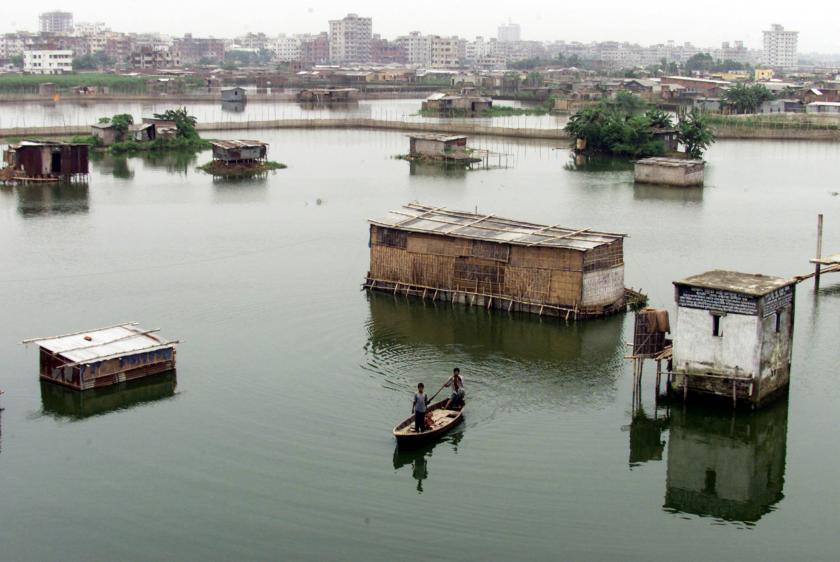
2011年——全世界每分钟消耗100万个塑料袋。
2011 – Worldwide one million plastic bags are consumed every minute.
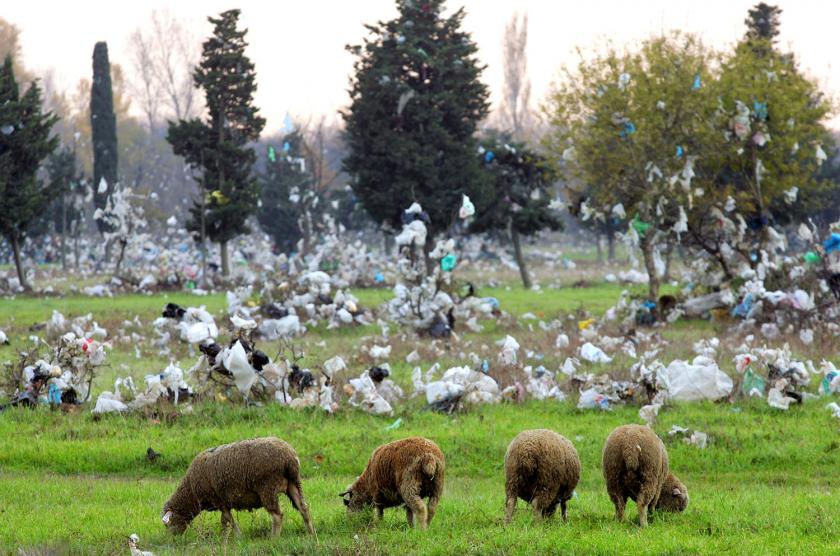
2017年——肯尼亚实施最严“禁塑令”,如此一来,全球已累计20多个国家通过实施“限塑令”或“禁塑令”来规范塑料袋的使用。
2017 – Kenya bans plastic bags, making it one the most recent of the more than two dozen countries that have sought to reduce plastic bag use through fees or bans.
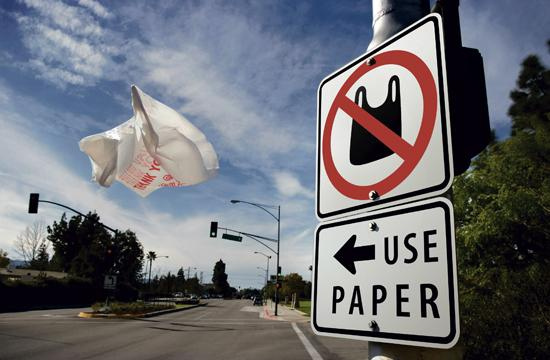
2018年——“塑战速决”被选为世界环境日主题,今年由印度主办。世界各地的企业和政府纷纷表示支持,陆续表达了致力于解决一次性塑料污染问题的决心和承诺。
#塑战速决#是2018年世界环境日主题
2018 – #BeatPlasticPollution is chosen as the theme of World Environment Day, hosted this year by India. Companies and governments around the world continue to announce new pledges to tackle plastic waste.
Source: UN World Environment Day
